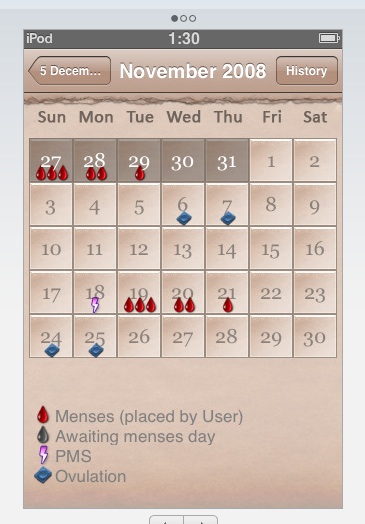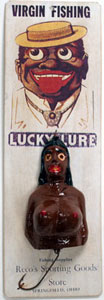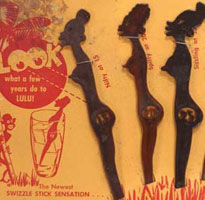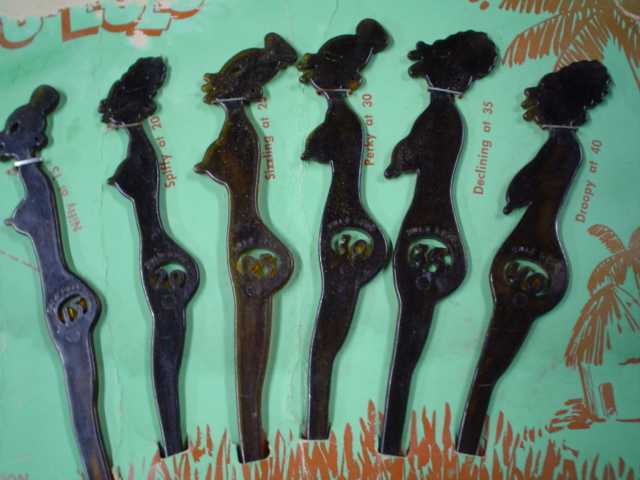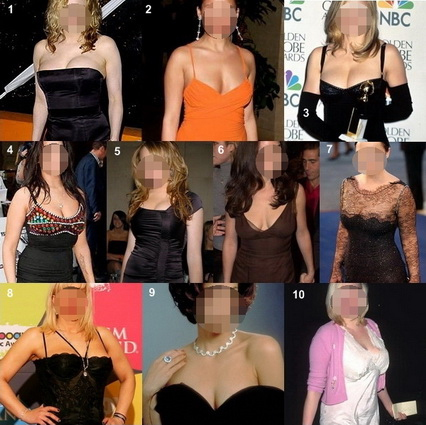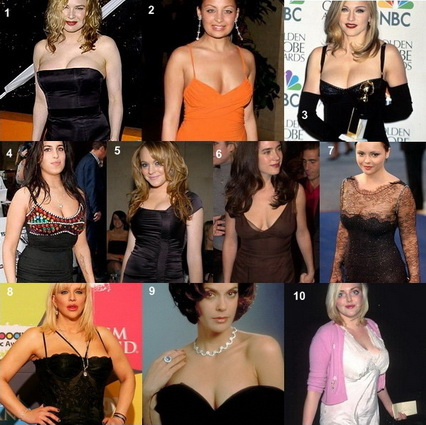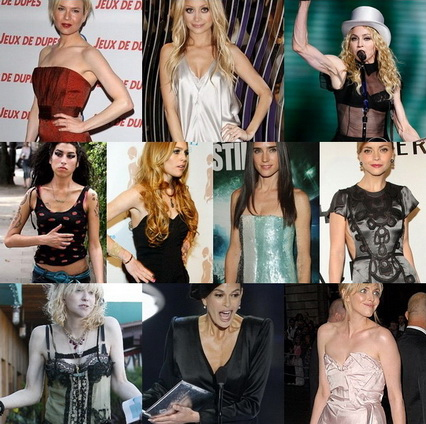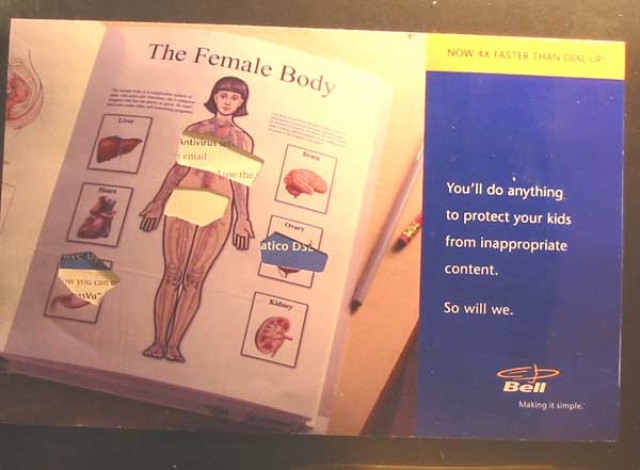This website is simply a collection of pictures of women’s breasts. Not models or actresses, just women. It is a fantastic way to demonstrate the wide variety of natural body shapes. Below the jump are a few of the many pictures, with histories, on the website:
“I’m 26 and never been pregnant. Even though my breasts are quite small they’ve had stretchmarks forever, even the smaller one. I sometimes wish they were bigger and perkier and I always wear a padded bra otherwise I feel like my stomach sticks out more than my boobs! But I’m grateful I can sleep on my front and I’ve more or less accepted how I am. I think the human body is always a beautiful thing, even if it’s hard to see our own one that way. ”
“I’m 24 years old and I have never had children. I was very happy with my breasts four years ago till they suddenly sprung from smaller B’s to larger C’s, I had priviously been taking birth control and my doctor said this was all “normal”. I come from a German/Dutch background so I assume it has alot to do with genetics. I have some pretty severe bacne and it often spreads to my chest and breats. As you can see one is larger than the other and these are my areola at their largest. .. I also have LOTS of enlarged pores in my cleavage, stretch marks near my underarms which are only just starting to disappear due to about 20lbs weight loss.”
“I’m a young woman from Athens, Greece that happened to run across your site. I’m 25 years old, never been pregnant and considered neither slim nor obesse. I do have a couple of extra kilos on me. When I was a teenager my breasts grew rapidly and as a result of that I have fairly visible stretch-marks. I do sports and weight-lifting and maybe that has caused my breasts to be slightly pointing outwards. My right breast seems to be placed a bit lower on my chest, seeming shaggier that the left (in my opinion). A couple of years ago my breasts started growing (for no apparent reason-yet painfully) and from cup C I went to DD.”
“My breasts have always been small, some days I love them!! And some other times, I hate them!!! What I liked the least was the hair I had on my areolas. I’m getting laser hair removal now and it makes me feel a bit more comfortable about myself. I guess not having a stable relationship didn’t help much.”
“I am a 24 year old of a slim build. The fact that I have hated my breasts since childhood outrages me. I am healthy and beautiful and happy, but I have never looked at my breasts in the mirror without feeling sad. I am angry at a culture that makes women hate the beautiful uniqueness of their bodies, and learning to love my breasts will be a slow process that I am excited to tackle. All of the beautiful breasts on this website make me see how beatiful we all are! Bodies would be so boring if they all looked the same!”
“Hello. I recently found your site and it has made me feel alot better about my breasts. I started to develop breasts at 8 years old and they were small for a while and in just one year I went from an A to a C. I have stretch marks but they have faded. I was mostly worried about my areolas, I don’t think my breasts are done developing so I have learned to accept them how they are. I am 18 years old. I have gained and lost weight on and off my whole life. As you can see my areola is very light and I have blue veins, one which wraps around the left breast areola.”
See also these selections of bellies and vulvas, and this attempt to refigure imperfection.
Also in boobs, see boobs.
And don’t miss this post on how men, also, feel insecure about their “boobs.”
Lisa Wade, PhD is an Associate Professor at Tulane University. She is the author of American Hookup, a book about college sexual culture; a textbook about gender; and a forthcoming introductory text: Terrible Magnificent Sociology. You can follow her on Twitter and Instagram.


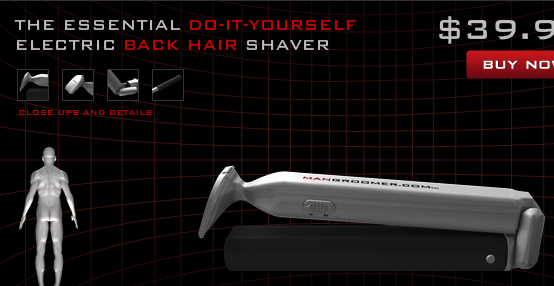
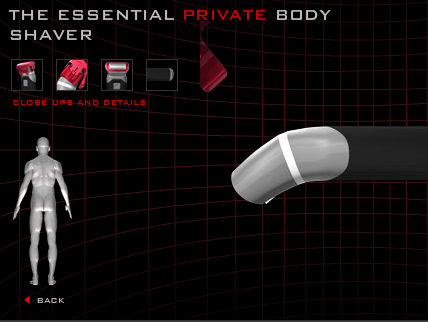
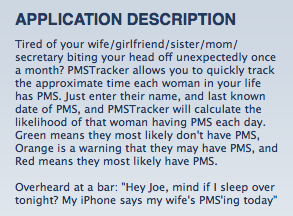
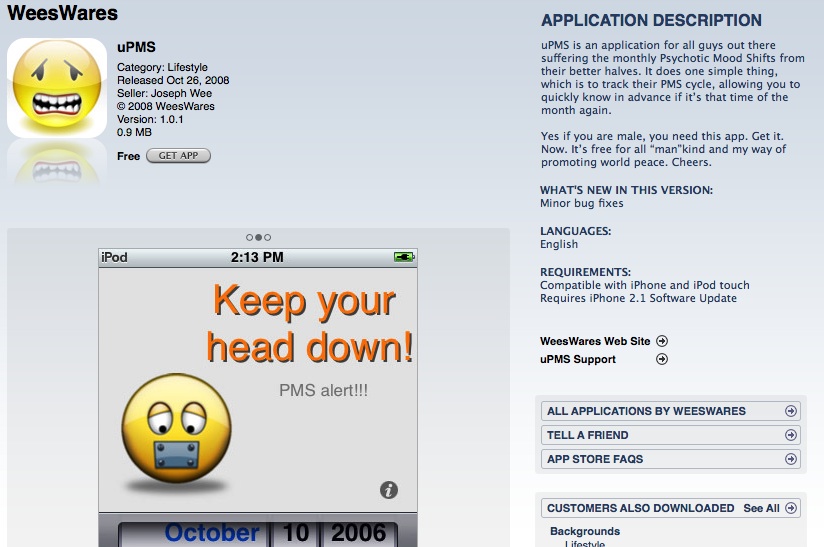
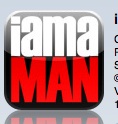
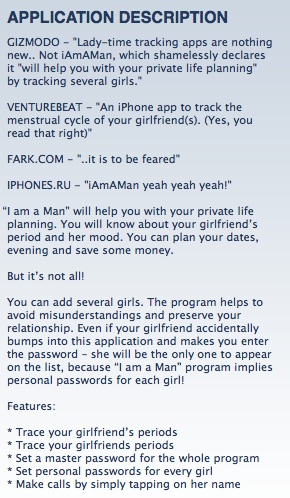 And here’s the calendar tracking several girls at once. Importantly, the application is password protected, and if one girl checks out the program she’ll only see herself list (and not various other girls that this guy must be hiding from her):
And here’s the calendar tracking several girls at once. Importantly, the application is password protected, and if one girl checks out the program she’ll only see herself list (and not various other girls that this guy must be hiding from her):